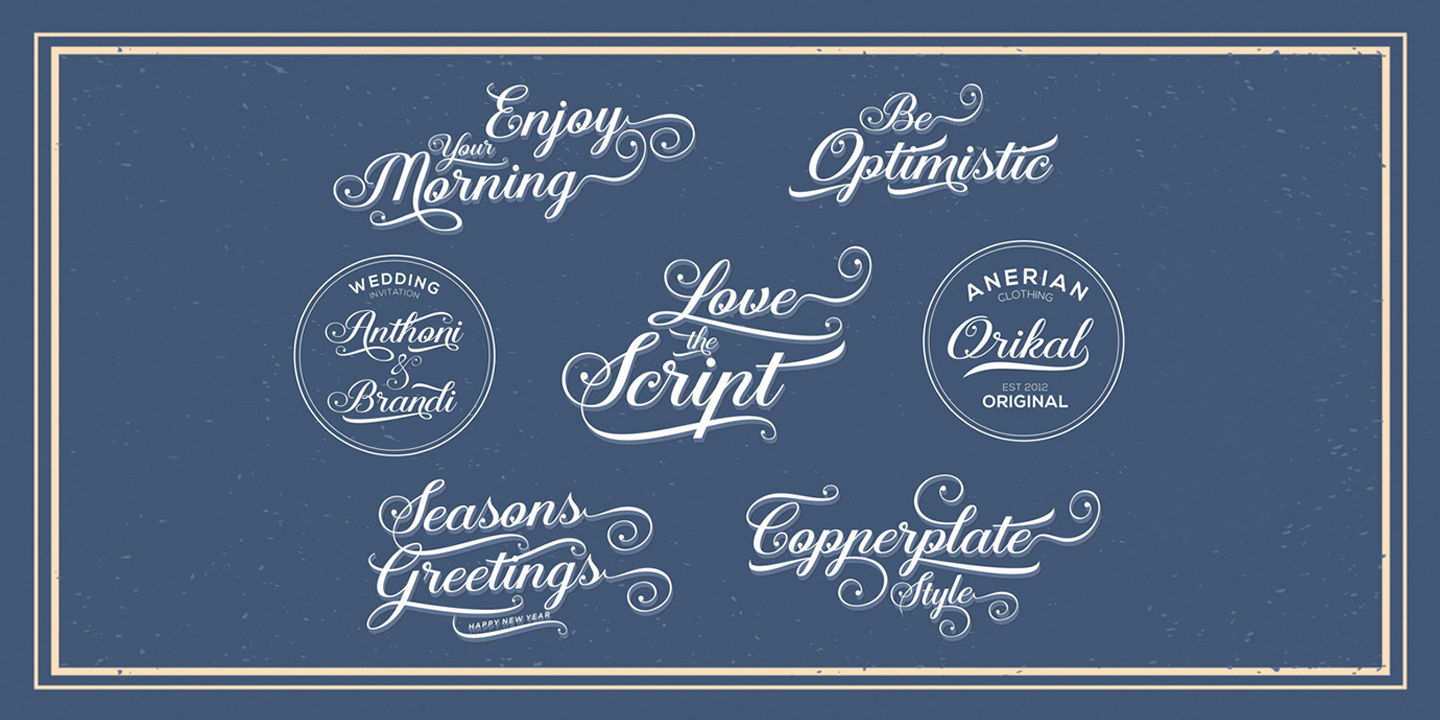

We will show you how to do all three of these here. You can install custom fonts and later disable and remove them. You might want to add fonts on Mac if you’re designing a poster, editing a clip-on iMovie, or just want to make an interesting Instagram caption. However, many more fonts available to download and use. Suitcase can reference fonts you have installed in locations others than the system Fonts folders (there are separate ones for all users and for each user), which means disabling those fonts won’t move them to a new location.Your Mac comes with a range of pre-installed fonts. If nothing else works, you can have Font Book restore the default system fonts and move the others.ĭon is using Suitcase, so I’d use Suitcase to disable all non-Apple fonts before performing this operation. This prompts a warning, as it will move all non-Apple font files into a Fonts (Removed) folder without deleting them, and copy back original versions of fonts, including any that might have been removed unintentionally. If that still doesn’t help, you can use a sort of nuclear weapon: in Font Book, choose File > Restore Standard Fonts. You should quit Mail and launch it again, and if it doesn’t solve the problem, restart the Mac just in case there’s a caching issue. You can select those fonts and right-click on the selection to pick Resolve Duplicates, and then choose whether to resolve manually or automatically. If Font Book finds duplicates, you can resolve the problem manually or automatically. On my Mac, I had 15 minor problems out of 452 fonts, and the issue appeared to be duplication, which can sometimes cause the question-mark problem in question. Font Book shows a yellow yield sign for minor problems and a red stop sign for corruption.

When it completes, review the list of problems. If you have a lot of fonts installed, the validation can take a while.


 0 kommentar(er)
0 kommentar(er)
